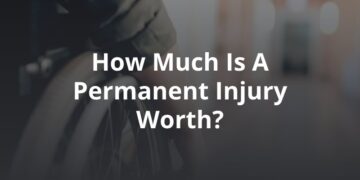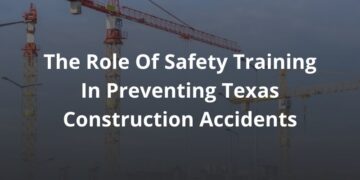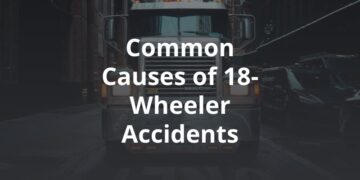Cyclists are among some of the most vulnerable road users in Austin — or anywhere. With few physical barriers between riders and other vehicles on the road, cyclists are far more likely to be killed or injured in crashes than motor vehicle drivers. In fact, in 2018, an average two cyclists were killed every day in the United States — the highest number since 1990. That represents a 6.3 increase in national bicycle fatalities since 2017. Most of these deaths occurred in urban areas, where the density of cyclists and motor vehicles is higher.
And Austin has its fair share of cyclists. According to census data, Austin residents bike to work four times more than those in the average American city. In some parts of east and central Austin, as many as 13 percent of commuters say they use their bikes to get to their jobs. Last year, Austin was ranked one of the best bike cities in America by Bicycling Magazine, due in no small part to the city’s commitment to improving bicycle safety. In the last 15 years, Austin has added miles of bike lanes to its cycling transit network and made significant strides to address the most dangerous roadways.
However, Austin cyclists say there are still improvements to be made. As Austin’s population has grown, congestion has also increased. And more cars navigating crowded streets puts cyclists in an even more vulnerable position, particularly at busy intersections and on roads where no protected lanes exist.
Below we examine how Austin bicycling safety has evolved — and what our city can do to make roads even safer for cyclists.
Austin Bicycle Crash Statistics
Before we can make recommendations for improvements, it’s important to know where Austin stands for safety. Unfortunately, Austin’s Travis County is home to a high percentage of bicycle accidents in Texas. The county makes the Texas DoT’s list of top 10 counties for bicycle crashes and fatalities, with 1,545 recorded bicycle accidents between 2007 and 2012.
However, bike accidents in the city do appear to be on the decline. Compared to 2012, when there were nearly 600 reported crashes, by 2017, accident rates had dropped drastically, with just 44 recorded incidents. After 2012’s spike in bicycle accidents, the Austin Department of Transportation implemented aggressive measures to add hundreds of miles of bike lanes to the city’s network, which experts credit for the declining accident rate.
Ways to Improve Bicycle Safety in Austin
Clearly, there is a direct correlation between accident rates and the quality of bicycling infrastructure throughout urban areas. And Austin is already on the right track: between 2009 and 2015, the bicycle lane network throughout the city increased from 126 miles to 210 miles, with officials working hard to address the most problematic areas.
For instance, new bicycle lanes on South Congress Avenue, Cameron Road, and South Lamar Boulevard have helped to keep cyclists separate from motor vehicle traffic, while buffered lanes on Barton Springs Road and Guadalupe Street provide additional protection from cars and other vehicles.
The city previously announced a goal to eliminate bicycle fatalities by 2020; however, there have been several high-profile cyclist fatalities this year, including one death on East MLK Boulevard, a known problem area for cyclists.
In other words, there is still plenty of progress to be made before Austin cyclists are truly safe. Here are a few of the most impactful improvements.
- Continue to address dangerous streets. Although the city has made headway in mitigating accidents in treacherous areas, it desperately needs additional improvements to dangerous roadways. These include San Jacinto, where a cyclist was struck and killed by a city bus, and Guadalupe, which — even after improvements — still ranks high on the city’s “High Injury Network,” a map of the most dangerous streets in the city.
- Increase protected bike lanes. Protected and buffered bicycle lanes are one of the best ways to ensure that cyclists feel safe enough to bike around the city. Austin, which participates in PeopleForBike’s Green Lane Project, a program designed to increase protected bike lanes in major cities, has added some 20 miles of buffered bike lanes since 2009. Building on that trend would have a significant impact on bicycle safety.
- Evaluate intersection design. Forty percent of bicyclist injuries occur at intersections, making them some of the most dangerous areas for cyclists. Cars turning right often fail to notice cyclists riding across intersections, leading to serious, sometimes fatal, consequences. Shifting to protected cycling turn lanes — such as corner refuge islands — would keep bikers safer in these dangerous areas.
At FVF, we commend the city of Austin for its continued efforts to improve bike safety throughout our city and support the rights of cyclists to use our roadways without fear of accident or injury. Our bicycle accident lawyers are helping bike accident victims protect themselves by offering free case education and support. If you have been injured in a bicycling accident, get in touch today to schedule a free case evaluation with one of our Austin cycling accident lawyers.






